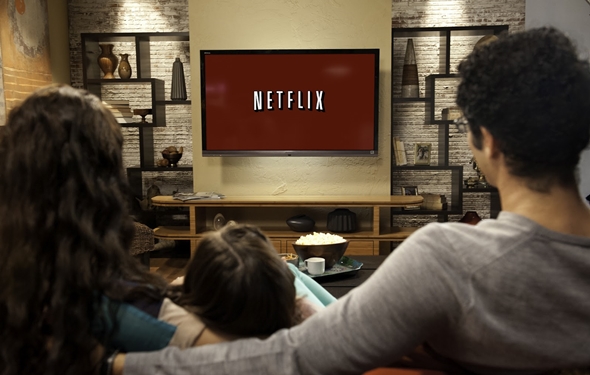Netflix Jumps on the 4K Bandwagon
The idea of 4K video display is a pretty new idea. In fact, this level of display is still too expensive for most consumers to even consider buying. However, that does not mean it will stay this way forever. There was a time when standard HDTVs were considered externally expensive. Now, most people own some kind of HDTV. To make sure that it stays up to date with the latest in display technology, Netflix is already moving into the 4K video display era. This level of display, which is being called ultra-HD, is not something most consumers are looking for, but Netflix believes this will change just a few years down the road … and they are probably right.
Netflix is not making a big deal about it right now, but it has added seven video clips to its website that offer a small taste of what 4K pixel resolution will offer in terms of movies. For most people, this sneak preview is useless. After all, to fully enjoy this sneak peak, you have to have a TV that has a 4K display.
So what is a 4K display? It is essentially a huge step up from standard HD. Right now, the standard is 1080p. This means that the TV supports 1,080 horizontal lines of vertical resolution. A 4K TV offers 4,000 pixels. The jump from standard TVs to HD TVs was huge, but experts say that the jump to ultra-HD is nearly mind-blowing.
Neil Hunt, the current CPO of Netflix, said that he wants to get the ball rolling right now on offering support for the few people who have 4K TVs. It will be years before other companies are offering services for people who have TVs that support 4K. It will be great for Netflix to be on the ground level of that and offer these consumers the most choices in terms of 4K entertainment.
Do not expect 4K TVs to become the standard overnight. In fact, it is likely to take many years. Companies are already offering 4K TVs, but they are extremely expensive. Take LG’s 4K TV, for example. The 84-inch model has a list price of $20,000, which is a price tag most people simply cannot afford to pay for a TV.
For now, we may be suck watching TV in 1080p, but Netflix is already looking to the future. Just how far off this future is, is another story altogether.

